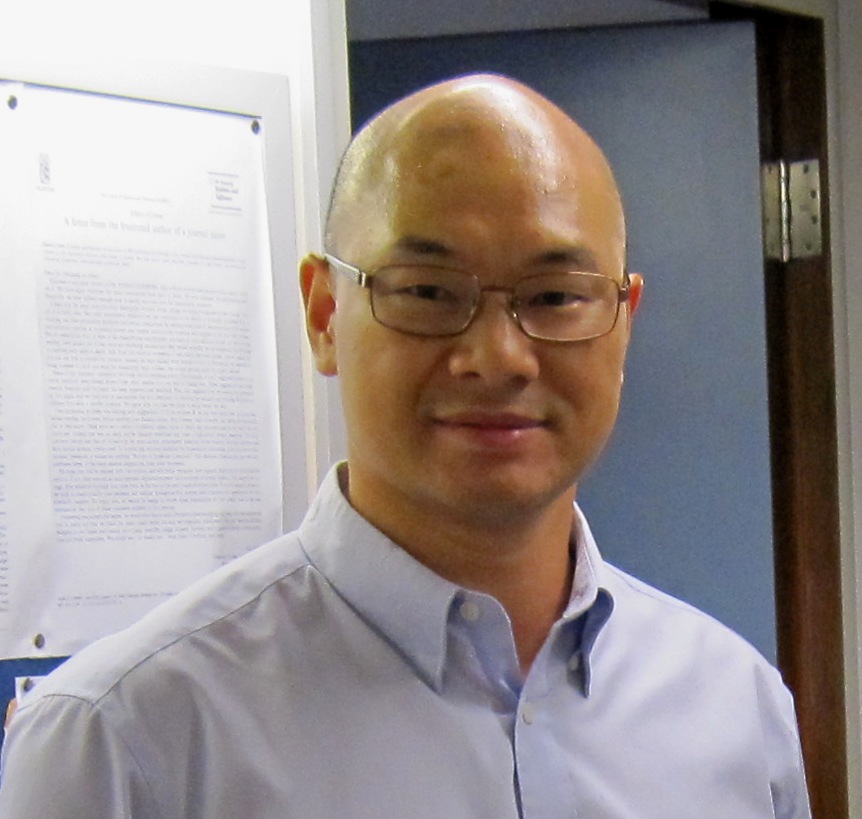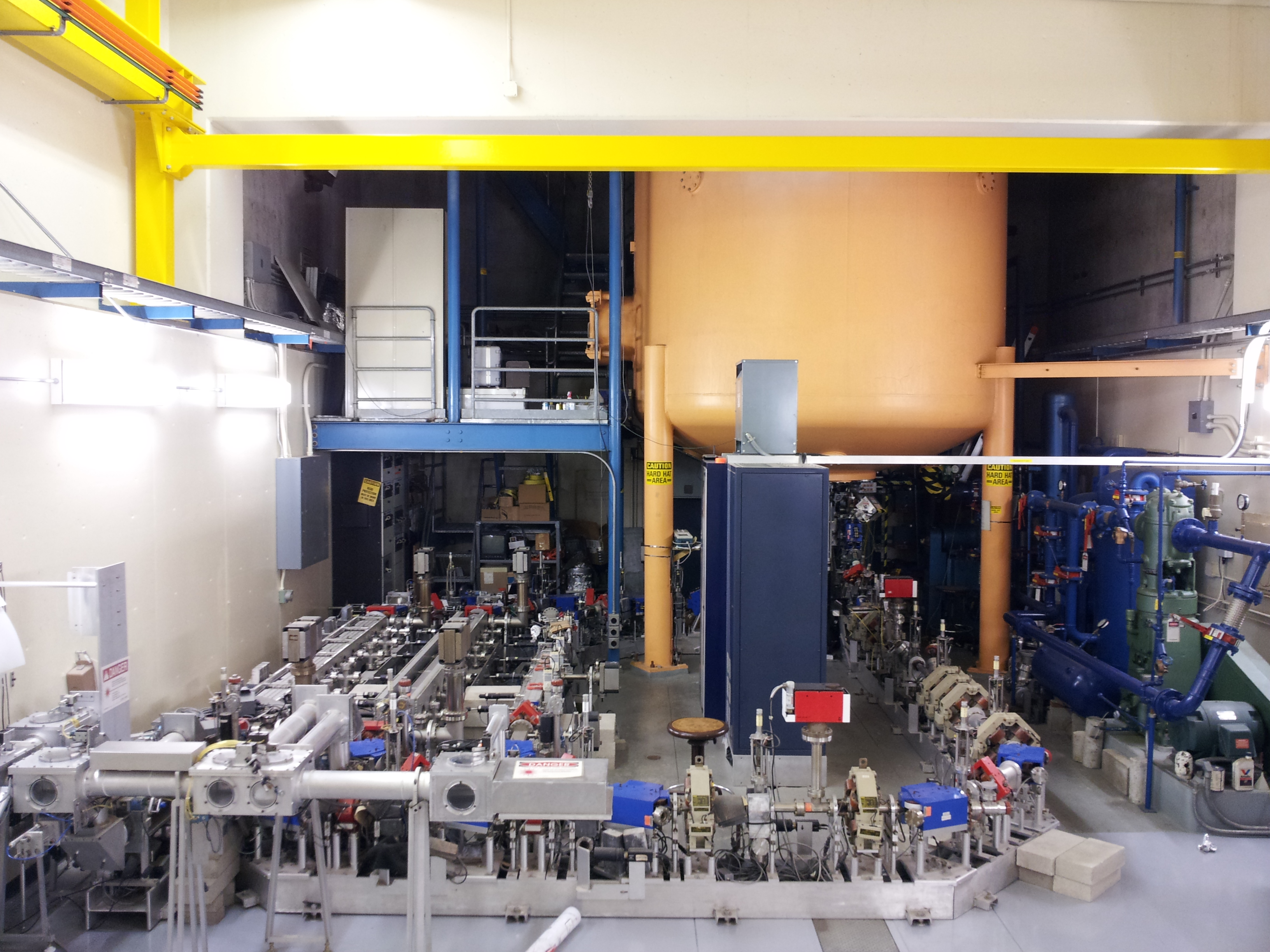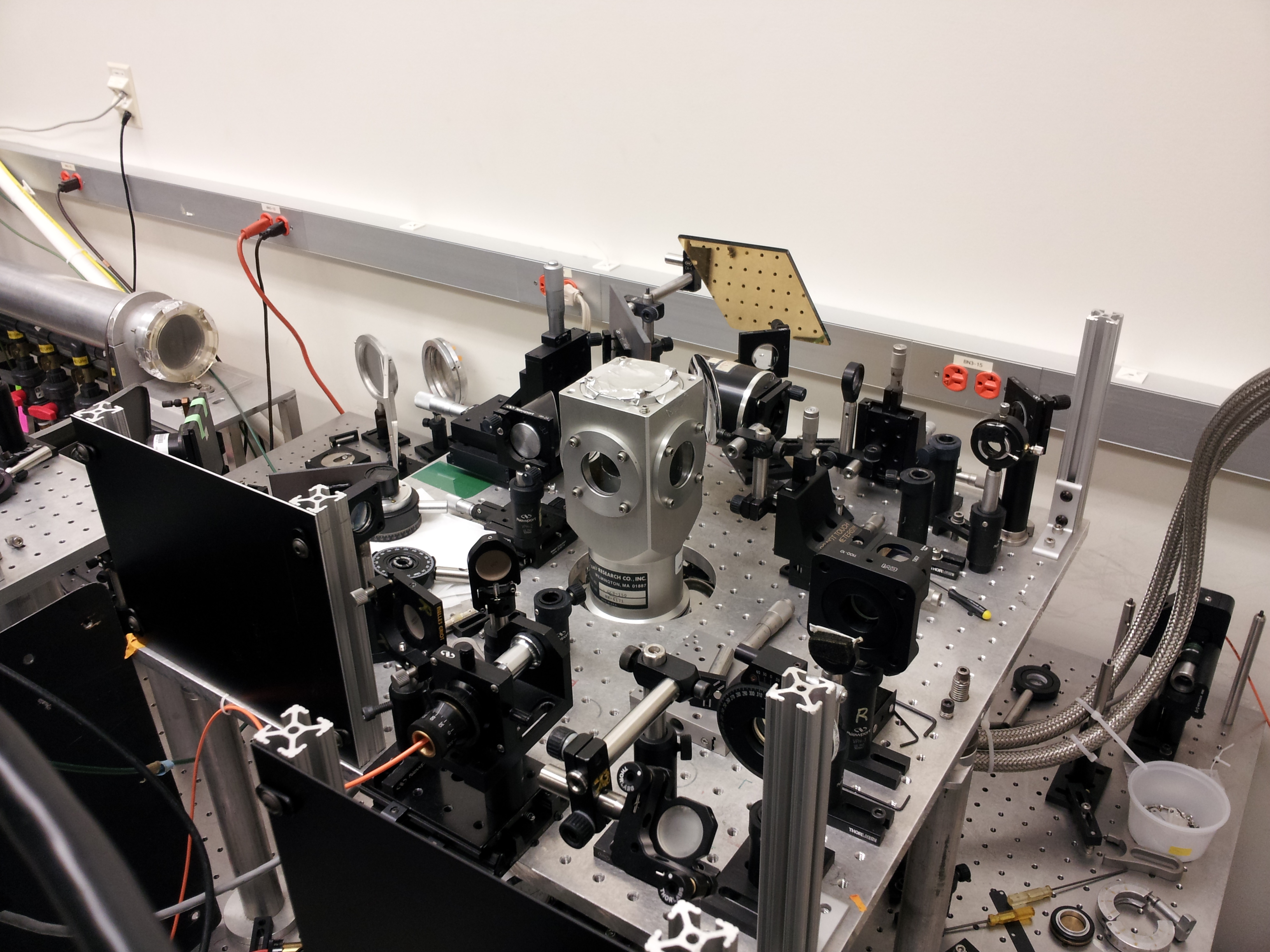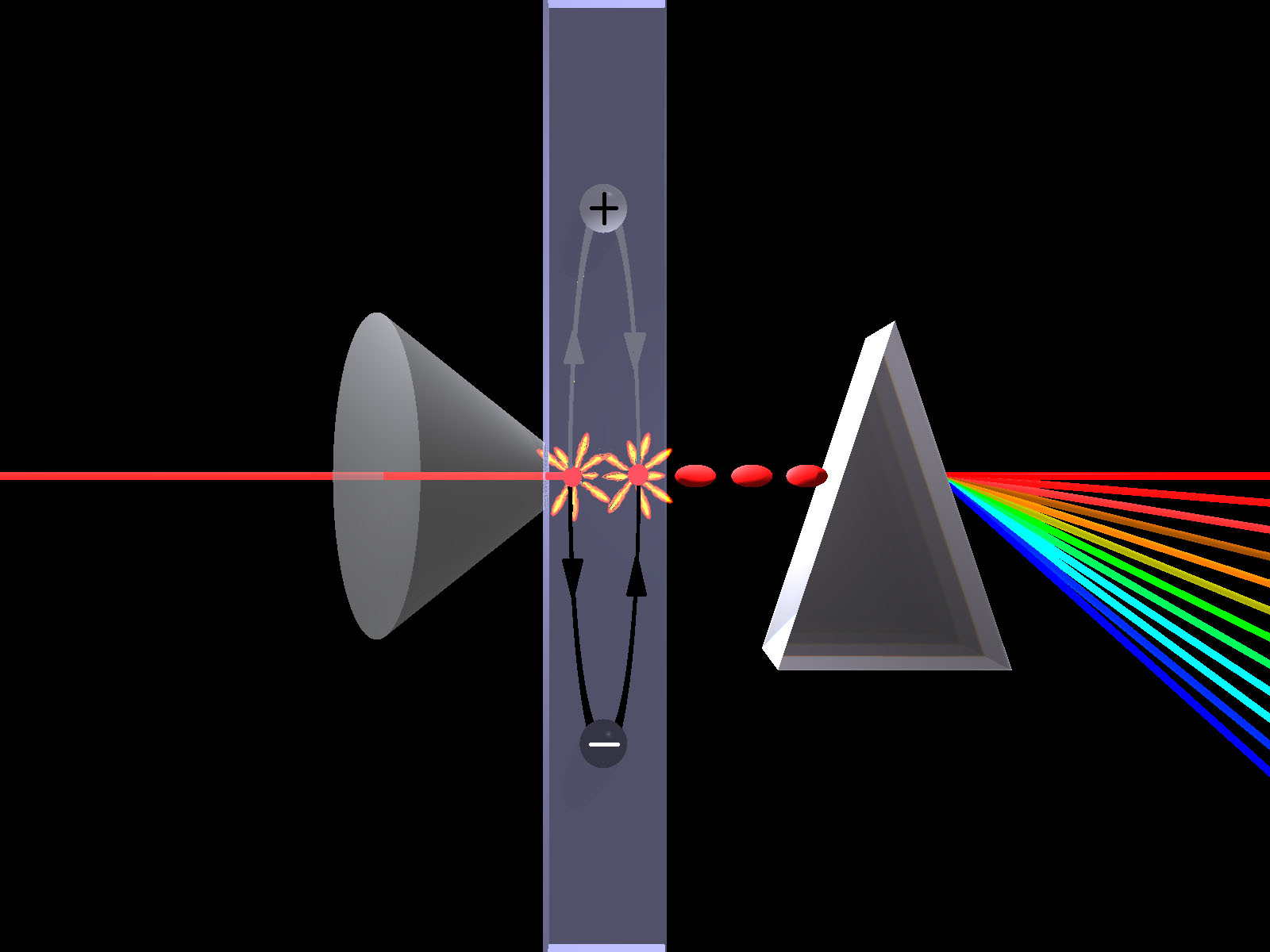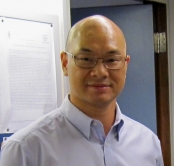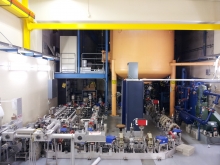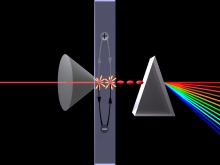CUHK
News Centre
CUHK Takes a Quantum Leap in Ultrahigh-speed Optical Communication Research
Prof. Renbao Liu of the Department of Physics at The Chinese University of Hong Kong (CUHK) and his experimental collaborators Ben Zaks and Mark Sherwin at the University of California Santa Barbara (UCSB) made a key breakthrough toward ultrahigh-speed optical communication that has potential to speed up the current Internet by 10,000 times. This work was recently published in the prestigious journal Nature.
Thanks to the Nobel Prize winning invention of optical fibers by Prof. Charles Kao, former Vice-Chancellor of CUHK, optical communication has been the backbone of information technology. The speed of optical communication is determined by how fast one can turn the light on and off, measured in the number of bits per second. The commercially available lithium niobate modulators can modulate the brightness of light at 10 Gb/s rate, i.e., 10 billion times per second. The research by Professor Liu and his coworkers demonstrates a scheme 100 times faster, i.e., modulation of light at Tb/s rate or one trillion times per second. This new scheme has the potential to transfer data 10,000 times faster than copper cables, on which the current internet is widely based.
About five years ago, Professor Liu and coworker Prof. Bang-Fen Zhu of Tsinghua University proposed the idea of modulating light in a semiconductor by a strong THz (trillion Hertz) laser. The idea stems from an interesting phenomenon in the quantum world. In a semiconductor, a beam of light can create an electron with a hole left behind. The electron and the hole have opposite electric charges and therefore are usually bound to each other. In the quantum world, however, the particles behave like waves and can spookily tunnel through a barrier. If a strong electric field is applied to the semiconductor, the electron can suddenly hop away from the hole by tunneling and then the two particles are accelerated by the electric field. If the electric field is alternating, the electron and the hole will be driven back to each other once the electric field reverses its direction. The electron and the hole will collide into and annihilate each other into light radiation. Therefore every time the electric field changes its direction, there would be a short pulse of light emission. A continuous wave of light passing through the semiconductor would be converted to a periodic sequence of pulses with modulation frequency twice the alternating electric field. Accordingly, the spectrum of the modulated light presents a frequency comb separated by twice the THz frequency.
Experiments of Professor Liu’s proposal were conducted at UCSB, which has free electron lasers that produce strong electric field at THz frequencies. The researchers at UCSB used the THz free electron lasers to irradiate a semiconductor device. The observed THz frequency comb indicates light modulation at THz frequency, demonstrating a key element in future optical communication at Tb/s rate.
‘If such high-speed communication comes into being, one could transfer a whole quadruple-layer blue-ray disc or an electronic library of one million books in only one second,’ Professor Liu commented. ‘However, the current experiments used free electron lasers produced by large-scale accelerators. That is impracticable for household applications. Hopefully, high-speed transistors may be used in the future to amplify THz signals so as to modulate light in optical fibers. Compact desktop devices are not inconceivable.’ The collaborators are still working on material search and device design for Tb/s rate optical communication with practical daily-life applications. The Centre of Optical Sciences of CUHK will be a base for such research.
Professor Liu specializes in the research of quantum physics and condensed matters. He graduated from the Department of Physics, Nanjing University, and received his PhD from the Institute of Semiconductors, Chinese Academy of Sciences. He then joined Tsinghua Universityand the University of California, San Diegoas a postdoctoral fellow. In 2005, he joined CUHK and is now an Associate Professor in the Department of Physics and Director of Centre for Quantum Coherence. He is currently the Vice President of the Physical Society of Hong Kong. Professor Liu has published more than 50 papers in various peer-reviewed international journals including Nature, Nature Nanotechnology and Physical Review Letters. His contribution to research is well recognized and has received the Young Researcher Award 2010 of CUHK.
Nature is a prominent scientific journal that covers important new advances. Unlike most scientific journals that are highly specialized, it publishes original research articles across a wide range of scientific fields.


